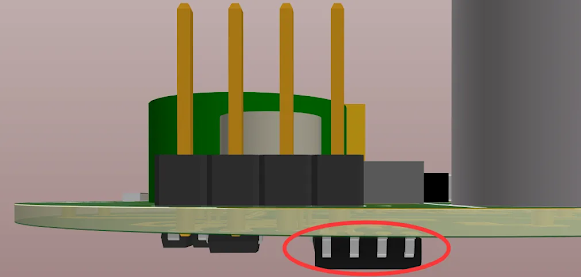PCB Design for Power Module
PCB Design for Power Modules
The power circuit is a crucial component of an electronic product, directly influencing its performance. Linear and high-frequency switching power circuits are commonly used, each with distinct characteristics. Linear power supplies deliver current proportional to the load, while switching power supplies provide power as required by the load.
Linear Power Supply
Linear power supplies employ devices such as voltage regulators (e.g., LM7805, LM317, SPX1117) operating in a linear state. The schematic of an LM7805 voltage regulator is illustrated below.
In linear power supplies, rectification, filtering, voltage regulation, and energy storage components are utilized. Typically, series voltage regulators are used, where the output current equals the input current (I1 = I2 + I3). Understanding current flow and magnitude is crucial in PCB design, as trace width is determined based on current requirements between component nodes (refer to "PCB Design Copper Thickness, Trace Width, and Current Relationship Table").
When designing linear power supply PCBs, compact component layout and minimal trace lengths are essential. The layout should align with the functional relationships of components outlined in the schematic. Proper routing, such as rectification before filtering, filtering before voltage regulation, and energy storage capacitor placement, ensures optimal performance. Attention should also be given to both positive and ground return flows, aiming for close proximity between them.
Thermal management is a critical consideration in linear power supply PCB design, particularly regarding the heat dissipation of power regulators. Heat dissipation is determined by the voltage drop across the regulator. Adequate space or appropriate heat sinks must be allocated to dissipate heat effectively. Linear power supplies are suitable for low voltage differentials and low currents; otherwise, switching power circuits are recommended.
High-Frequency Switching Power Supply
Switching power supplies control switch transistors to rapidly switch between on and off states, generating PWM waveforms. Voltage regulation is achieved through electromagnetic induction using inductors and freewheeling diodes. Commonly used circuits include LM2575, MC34063, and SP6659.
In switching power supply PCB design, careful consideration is required for feedback line entry points and the freewheeling diode connection. Refer to the schematic below for an illustration. When U1 is conducting, current I2 flows into inductor L1. Inductors exhibit a characteristic where the current cannot change abruptly. Hence, when U1 cuts off, the freewheeling diode takes over, allowing current I2 to continue flowing. This diode serves the inductor, and the resulting current I3 charges capacitor C3, effectively boosting its voltage. Additionally, feedback line entry points must be located after filtering to minimize output voltage ripple. Neglecting these details can significantly impact performance.
Understanding schematic diagrams is crucial, as they contain essential information for PCB design, such as component pin connections and current flow networks. LM7805 and LM2575 circuits represent typical layouts for linear and switching power supplies, respectively. Adjustments may be made based on specific product requirements.
In conclusion, mastering the principles and layout methods of power circuits is essential, as every electronic product relies on them. Proficiency in these circuits facilitates the understanding and design of various other circuits.



Comments
Post a Comment